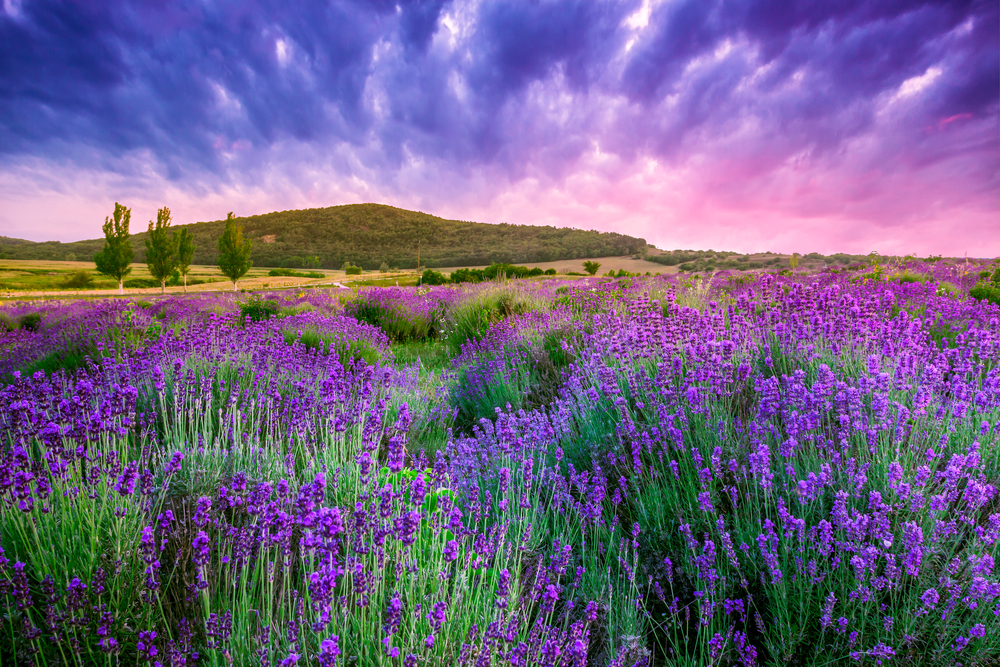UNESCO Designates 11 New Biosphere Reserves
Earlier this month, UNESCO added 11 new biosphere reserves to the 737 already existing reserves. Here are the new 11.
This is a wonderful action taken. As the human population exploded beyond 8 billion in the last few years, our species risks overwhelming sensitive biosphere habitats. As a species, we are unique in our ability to degrade nature. We are the only species that creates waste and can live anywhere on Spaceship Earth.
This laudable initiative by UNESCO harkens back to the vision of E. O. Wilson. Wilson’s plan to save millions of animal, plant, insect and fungi species is to set aside 50% of Earth’s surface to allow it to rewild. From a conservation point of view, this makes a lot of sense. The problem, of course, is getting nation-states to comply. Countries would likely keep what is perceived as valuable – from a financial perspective – for themselves and instead designate deserts and other lands that have little value. That would not guarantee a preservation of biodiversity and microclimates.
Large countries are extremely important to the effort. Russia, Canada, the U.S., India, China, Australia and Brazil are some of the largest countries and might have to donate more than 50% to the cause. Monaco, a country smaller than NYC’s Central Park, will have a negligible contribution to the global sum.
Back to the UNESCO action. The total area of land now protected with its Biosphere Reserves is 1.3 million sq km of protected areas. The total amount of landmass on Earth is 510 million sq km, so the UNESCO total amount is less than 0.4 percent, a far cry from the 50 percent that Wilson recommends. It’s not likely that we will ever rewild 50% of earth’s surface, but it is a goal worth working toward. A more reasonable goal (for the near term) is to get to one percent or 5.1 million sq km.
We can hope that such massive land owners as conservationist Ted Turner will help the effort. Turner is the largest land owner in the US, with some 2 million acres, most of which he has protected from all human development. This will only add some 8,000 square kilometers to the total, but it is significant.
Finally, if one adds in all national parks and forests in the world, the total amount of surface area protected is 15%. The problem is that biodiversity is not being protected.
While humanity may never achieve Wilson’s vision, aiming for it to increase beyond 15% and including crucial biodiversity zones is something that we as crew of Spaceship Earth should embrace and strive to make a reality.

